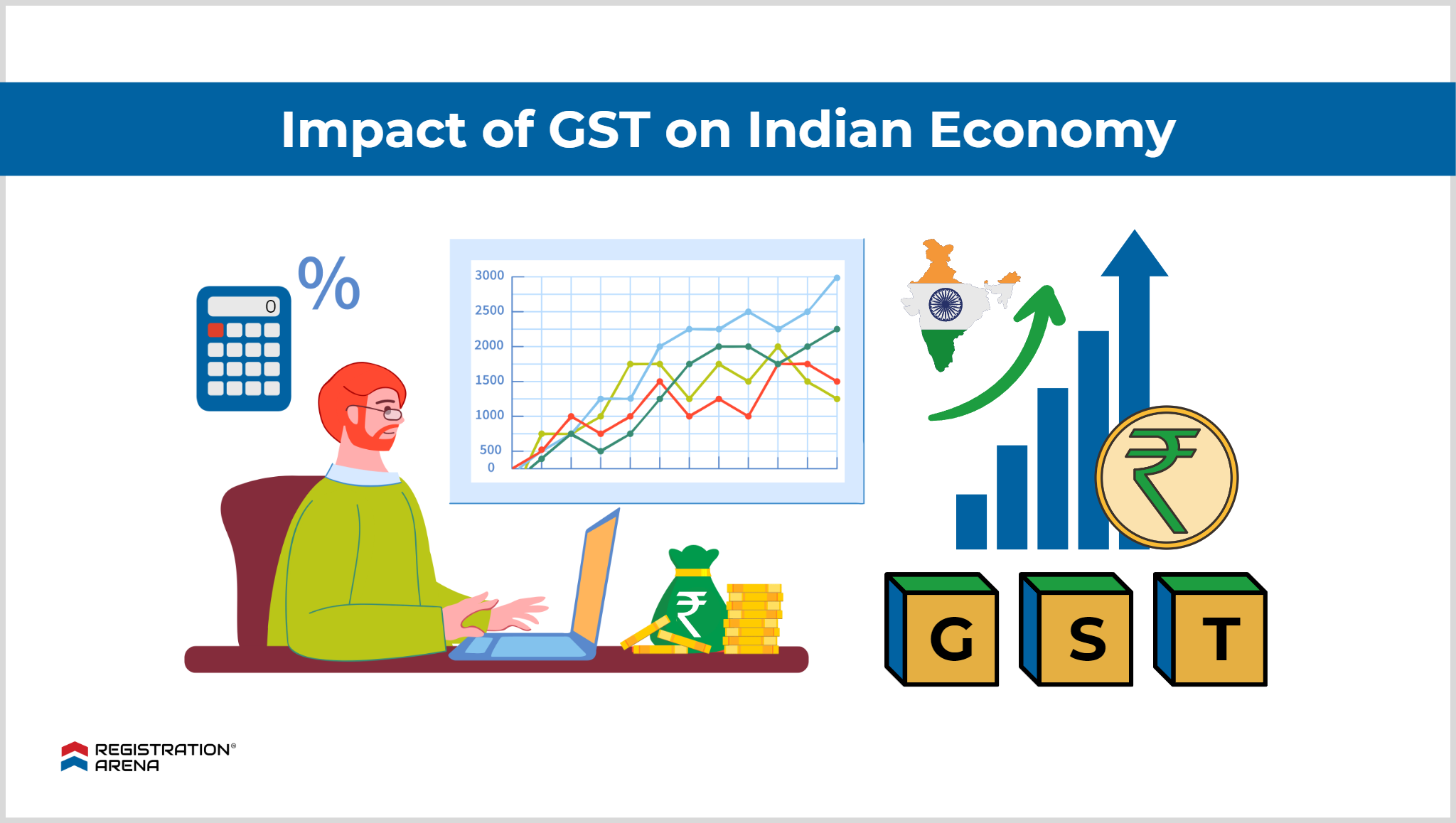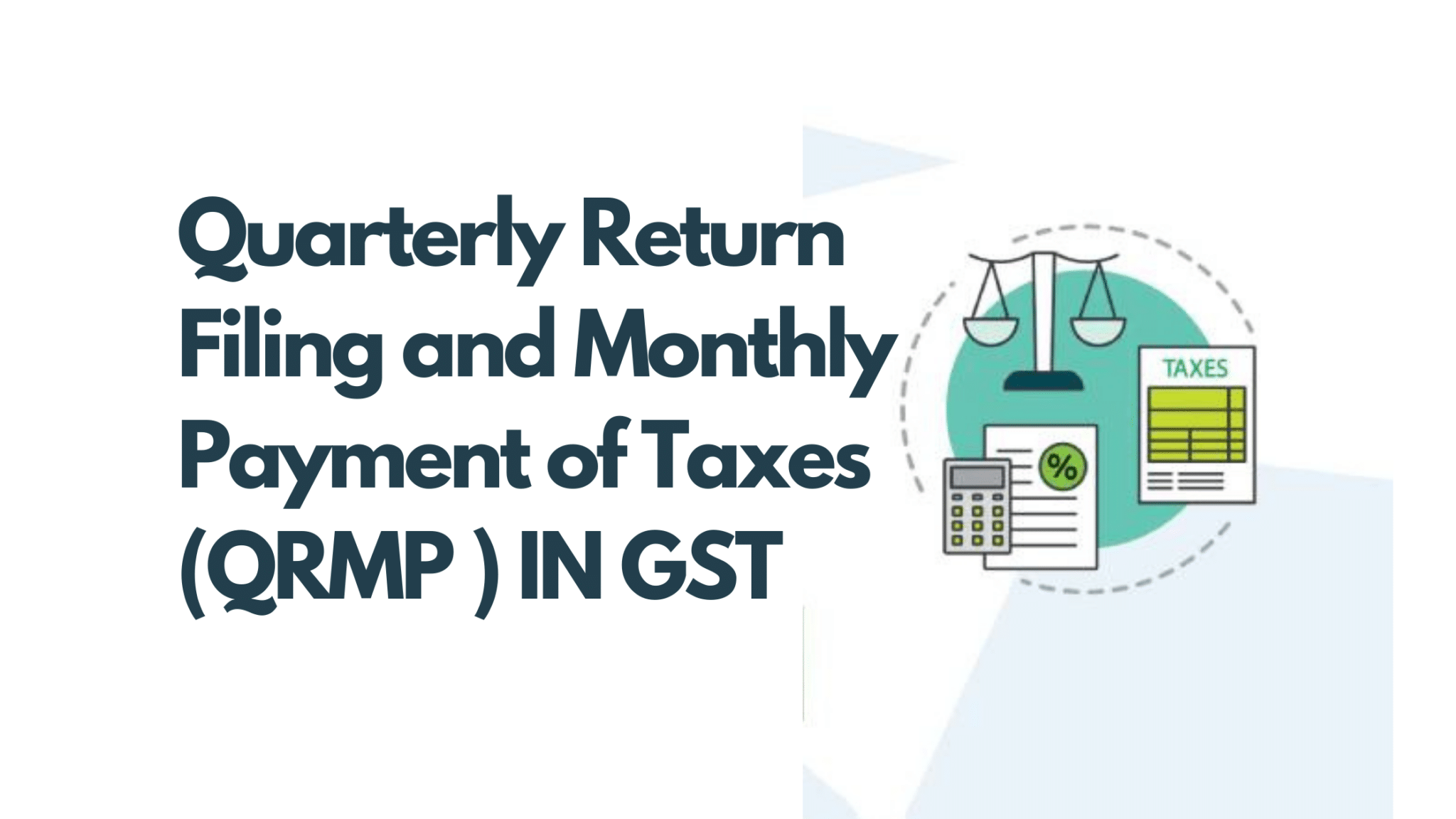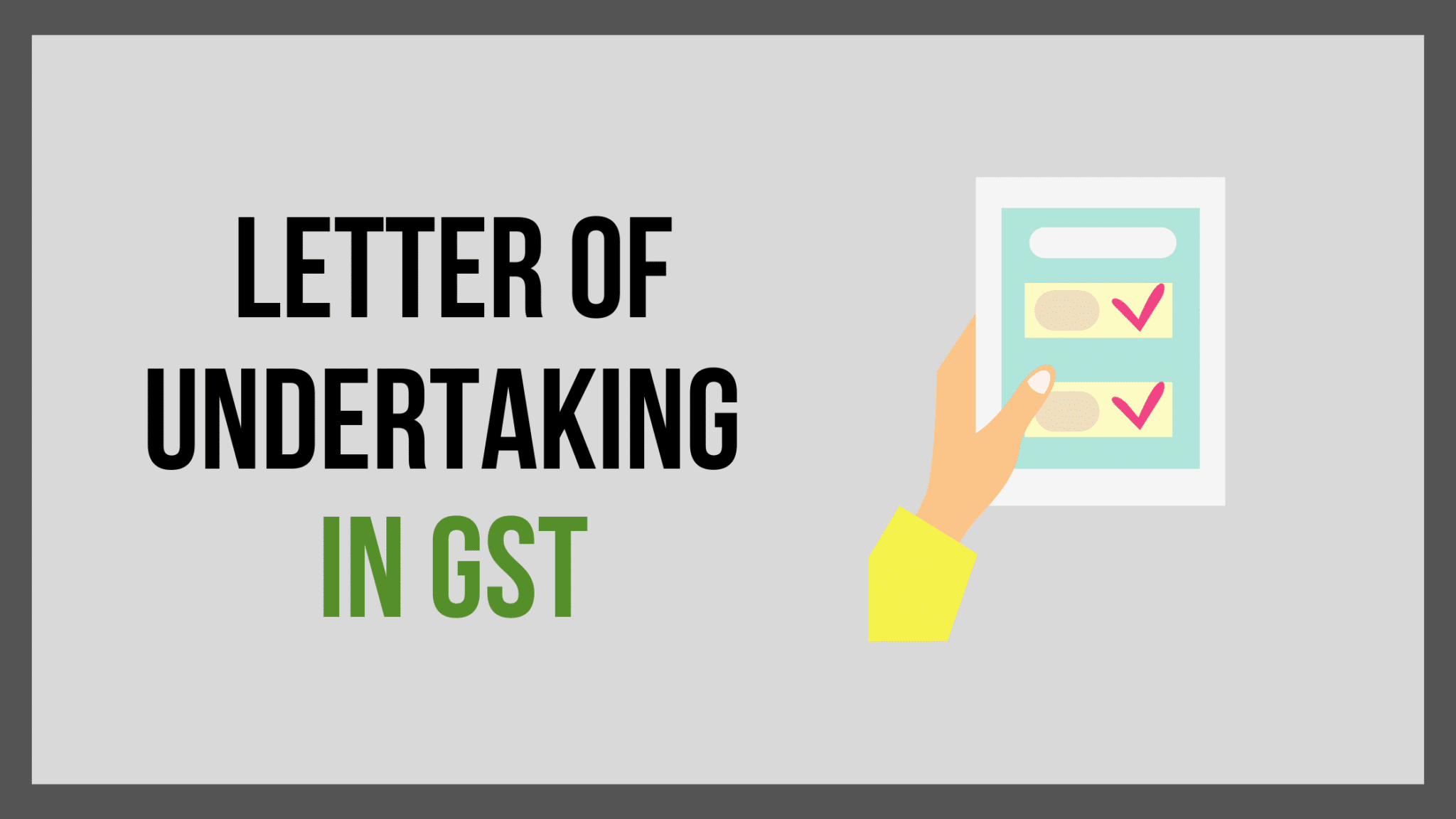Online GST Return Filing
Our Top Clients






Simplifying the Process
Learn how our streamlined system makes it easy to navigate
your business needs from start to finish.
What is GST Return Filing?
GST return is a document that furnishes information about total sales and purchases made by a person or business entity during the reporting period and the amount of tax paid on purchases (input tax) and tax collected on sales (output tax) during such period.
The difference between tax collected and input tax credit availed is the amount of GST required to be paid when filing a GST Return. It is filed electronically on the GST Portal maintained by the Government.
Every GST-registered person (irrespective of his turnover or transactions) has to mandatory file GST Returns periodically. A Business entity having more than Rs. 5 crores annual aggregate turnover has to file monthly GST returns (Form GSTR-1 and GSTR-3B) and annual returns (Form GSTR-9 and GSTR- 9C), whereas a business entity with turnover less than Rs. 5 crores may file the return on Quarterly basis and make payment of tax every month (known as QRMP Scheme) along with Annual Return. In addition, a business entity that has not done any kind of transaction shall also file NIL GST returns every month/quarter, as the case may be.
Moreover, GST Returns should be generally filed under the guidance of a professional who shall have a good understanding of the GST Laws to avoid penalties and fines.
Advantages Of GST Return Filing
What is the Due Date for Filing GST Returns?
The following are the due dates for filing different GST returns –
| Return Form | Purpose of Return | Due Date for Filing Return |
| GSTR-1 | Return with details of Outward Supplies of Goods or Services i.e., Sales Transactions | To be filed monthly by normal Taxpayer – by 11th of next month |
| For Taxpayer under QRMP Scheme (Quarterly) – 13th of the month succeeding the Quarter | ||
| GSTR-3B | A Summary Return which contains details of inward supplies (purchase) and outward supplies (sales) along with input tax credit declared and payment of tax | To be filed monthly by normal Taxpayer – by the 20th of the next month |
| For Taxpayers under the QRMP Scheme (Quarterly) – Category X States* – 22nd of the month next to the quarter Category Y States* – 24th of the month next to the quarter | ||
| GSTR-9 | Annual return for a Normal Taxpayer (Optional for Taxpayer having Turnover Rs. 2 crore) | 31st December of next financial year |
| GSTR-9C | Reconciliation of Annual return (Optional for Taxpayer having Turnover Rs. 5 crore) | 31st December of next financial year |
| CMP-08 | Statement-cum-Challan to make a tax payment by a taxpayer registered under the Composition Scheme | Filed Quarterly – 18th of the month succeeding the quarter. |
| GSTR-4 | Return filed by a taxpayer registered under the Composition Scheme | Filed Annually – 30th April of next financial year. |
*Category X State Includes States of Chhattisgarh, Madhya Pradesh, Gujarat, Maharashtra, Karnataka, Goa, Kerala, Tamil Nadu, Telangana and Andhra Pradesh, the Union territories of Daman and Diu, Dadra and Nagar Haveli, Puducherry, Andaman and Nicobar Islands and Lakshadweep
*Category Y State Includes States of Himachal Pradesh, Punjab, Uttarakhand, Haryana, Rajasthan, Uttar Pradesh, Bihar, Sikkim, Arunachal Pradesh, Nagaland, Manipur, Mizoram, Tripura, Meghalaya, Assam, West Bengal, Jharkhand and Odisha, the Union territories of Jammu and Kashmir, Ladakh, Chandigarh and Delhi.
What does Our GST Return Filing Package Includes?
GST Return Filing Process in India
Documents Required for GST Return Filing
Consequences of Non-Filing of GST Returns
Payment of Late Fee
If any person or business entity fails to furnish GST returns within the prescribed time, then a late fee of Rs 100 per day to a maximum amount of Rs. 5000 shall be paid to the Central Government. An equal amount of late fee is also paid to the respective State Government.
However, the Government has reduced the penalty to Rs. 50 per day (In case of regular return) and Rs. 20 per day (In case of Nil Returns)
Defaulter Notice in Form GSTR-3A
If a person or business entity doesn’t file GST returns within the prescribed due date, then a defaulter notice will be sent in Form GSTR-3A reminding the taxpayer to file returns within a period of 15 days of such notice.
Cancellation of Registration
A business entity’s registration and GSTIN may be canceled by a GST Officer if he fails to furnish returns for 6 consecutive months or in case a composition taxpayer fails to furnish returns for 3 consecutive tax periods.
Payment of Interest
If a person or business entity fails to file returns that involve payment of tax, it would attract interest @ 18% per annum for the period during which the tax amount remains unpaid.









